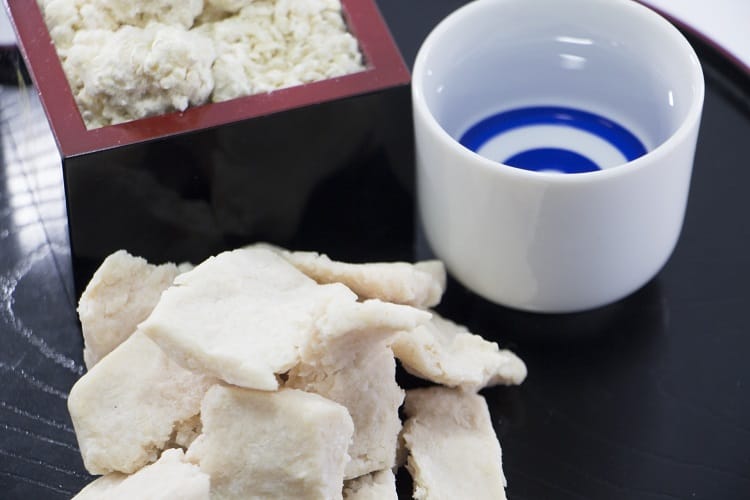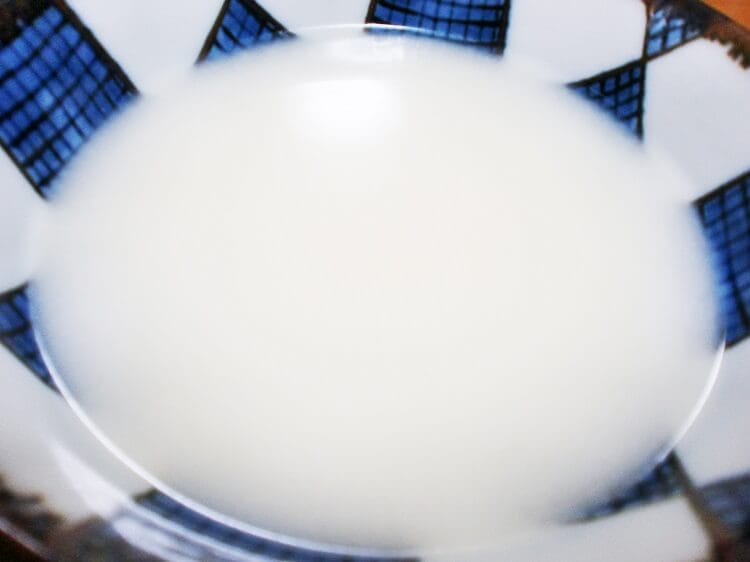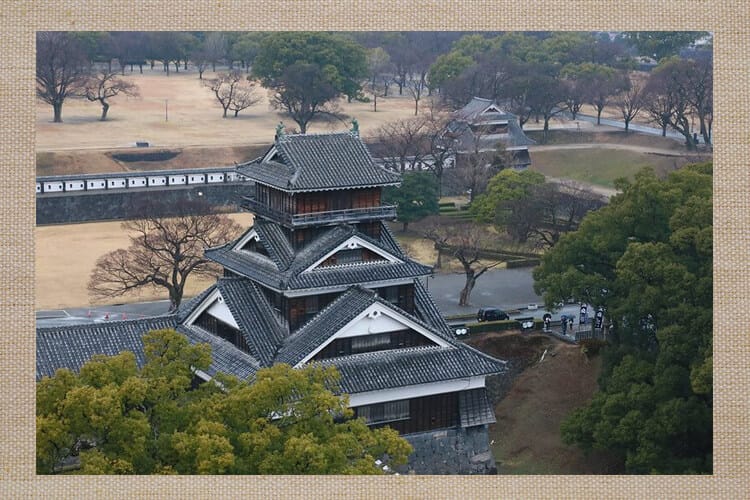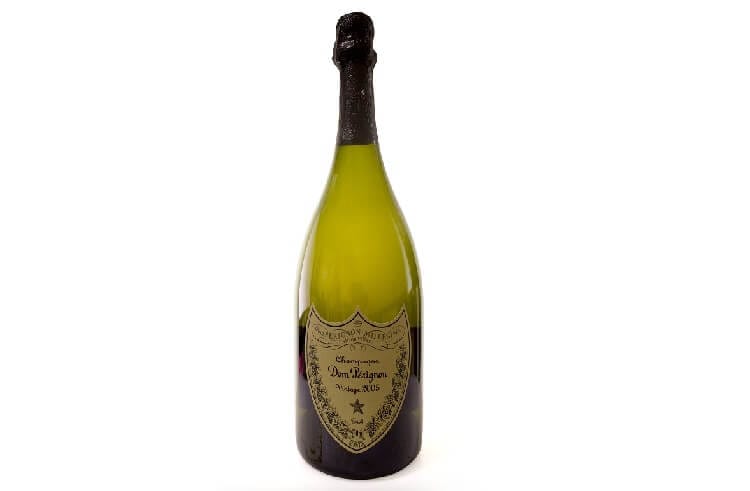
Along with beer and wine, sake is gaining in popularity among younger generations and women recently. The number of casual bars and izakayas offering specialty dishes that match Japanese sake is on the rise, and there are also many nice shops where you will want to go in if you are not familiar with sake. However, there are a lot of beginners who want to try sake, but there are too many kinds to choose, and they are interested but don't know how to get started. Even if you learn a little bit about the tasting method, you will be able to talk with the shop's people and expand your own sake world while searching for your favorite sake from all kinds of sake. It might be.
Wine comes to mind when it comes to tasting. Do you know how to taste sake? Liquors and restaurants that offer sake store tastings every day to memorize the aroma and taste of sake and provide alcohol that meets the needs of customers. Experience and skill are needed to determine the taste of sake, in which the aroma and taste are intricately mixed like a professional, but even ordinary people want to know a little more about sake, what is their favorite sake, Many people want to be able to find their favorite and favorite brands.
What is tasting?
Judging the quality of sake based on the taste, aroma, color, etc. of the sake is called tasting "handmade sake". It is difficult to judge the taste and aroma of delicate liquor using a machine or the like. The general procedure for tasting (tasting sake) is to pour the sake until the 7th minute of the special sake ware "Tashi Inokuchi" and check the color and transparency. Then check the nature and intensity of the scent, put a small amount in your mouth, roll on the tongue for 5-10 seconds to taste, then exhale without swallowing. Associate aroma and taste with the name and classification of sake, and remember it firmly. The sake brewery checks the quality of the liquor before shipping, at the time of sensory tests (human sensations: tests to determine the quality of the product using sight, hearing, taste, smell, touch, etc.) The professional inoguchi used by Sakasho is 8 cm in diameter, 200 ml in capacity, and is only the size of a small hot water. For general use, there are many smaller sizes. The shape is a narrow body system with no open mouth, and you can sniff firmly without escaping the scent. The material is a tea bowl with a smooth surface on a white background so that the color of sake can be easily understood. There is a blue double circle snake pattern in the workable Inoguchi. This is to see the luster of sake, and it can be used to determine slight turbidity and subtle color differences.
When an ordinary person performs a tasting (tasting sake) at a izakaya or liquor store to compare the taste of sake, the point is to identify the aroma and taste and memorize the characteristics of each sake. Don't worry too much, try a tasting while enjoying your favorite sake. You may be able to expand your own sake world.
https://www.instagram.com/p/Blad8zbF0Eo/?utm_source=ig_web_copy_link
Purpose of tasting
Tasting sake, also called sake tasting, was originally intended to allow the maker to check the quality of the liquor and check for any abnormalities. In recent years, however, the number of types of sake has increased and the number of scents has also increased, and tastings that evaluate and express the characteristics of flavor and taste like wine have become commonplace.
Tasting by professionals, such as sake brewers and manufacturers, can be said to be tastings in a nutshell, because the purpose is to discriminate the characteristics of sake and accurately convey information, so it is performed using a strict deduction method. On the other hand, general tastings are held for the purpose of enjoying sake more.
If you refine your tasting skills, you can express the personality and taste of sake in easy-to-understand words, making it easier for you to find your favorite sake and to judge the best dishes and ways to drink.
Try to express it in your own words
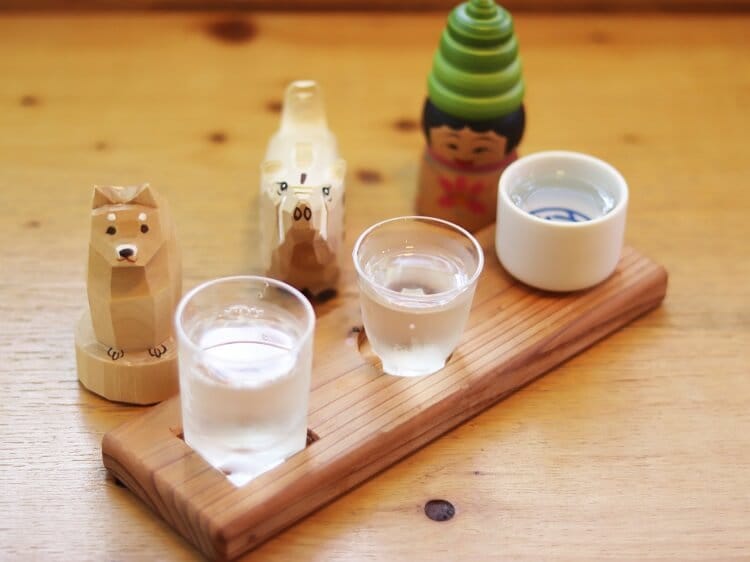
Tasting is divided into three steps: not just looking at the taste, but also looking at the appearance, smelling the scent, and taste with the tongue.
First, pour sake into a white tongue or wine glass and check the appearance visually. Appearance is the color, clarity, and viscosity of sake. The presence or absence of dirt, how to add color, and the degree of thickening are hints to imagine the taste and aroma. Next, check the scent using the sense of smell. With your nose close to your mouth and a glass, you can smell the smell drifting from the sake and feel the intensity of the scent, the complexity of the scent, what the base scent is, and the elements of the scent.
Finally, check the taste using the taste. With a little bit of sake in your mouth, gently inhale and roll over your mouth and on your tongue. The taste, the attack, the complexity, the sweetness, the acidity, the texture and the flavor in the mouth. If you do tastings based on these things, you will have much more chances to meet your favorite sake.
In order to express the flavor of sake, it is fundamental to express the "scent" and "taste" with strength. The intensity of the scent is represented by "calm" and "gorgeous", and the intensity of the flavor is represented by "clear" and "rich". By combining these four expressions, the basic characteristics of sake can be expressed.
To express sake more specifically, there are two words for flavor and five words for taste. The scent that quickly rises from the inoguchi is called "Uwadachika", and the scent that goes through the nose when sake is included in the mouth is called "Fukumika". The taste is composed of five taste elements called sweet, pungent, sour, bitter, and astringent, which are called "Gomi (garbage)".

What are some more advanced expressions than that? There are many words that describe the taste and aroma of sake, but beginners may want to consider what aroma and taste compare to. For example, if the sake has a gorgeous scent, try expressing it with your own intuition without hesitation, like comparing the scent of flowers such as lavender and orange flowers, or the fruits of apples, muscats, and peaches.
Sake in a wine glass

The number of shops that offer sake in wine glasses is increasing year by year, such as bars specializing in sake and restaurants that focus on sake. Since the wine glass is taller than the Inoguchi, the fragrance is easy to fill, so you can enjoy the aroma of sake. For example, Ginjo sake, which has a fruity and elegant scent, can be enjoyed with a glass of wine with a gorgeous or subtle scent when drinking in a wine glass. Also, since the taste spreads to the whole tongue with a sip, it is also a great advantage to be able to taste the five tastes (sweetness, pungency, sourness, bitterness, astringency) firmly.
The wine glasses that are also stylish in appearance do not have the habit of drinking them all at once, and can be drunk slowly, so it may be easier for women to get sake.
In addition to inexpensive glasses that can be used everyday, for example, `` Daginjo Glass, '' which was born after tasting about 2000 people, including sake brewers and sake specialists, the glass part that hits the lips is made thin and drinkable It is comfortable and you can directly feel the original taste of sake. It is also a good idea to change the vessel according to the type and situation of sake, think about how to match it with sake, and enjoy your taste while searching for your own taste. In addition, since the wine glass is easy to carry around, it is good to prepare for parties such as parties and gatherings of various genres and use the wine glass as a clue to spread conversation with one hand. it might be.
Mariage with food
Sake is growing in popularity not only in Japan but also overseas. It is said that foodies from all over the world often enjoy not only Japanese food but also a mariage with dishes from all over the world.
In fact, sake is suitable for most dishes, so it is the perfect sake for a meal. For example, it is said that dry oysters go well with dry white wine like Chablis, but fresh seafood grown in Japan goes well with sake grown in Japanese soil. Generally, it is said that ingredients and sake made from the same land are compatible. In addition, sake has a bactericidal effect, and it brings out umami without odor.
The point of combining sake and food is to match the concentration of both flavors. For example, it is said that it is better to combine savory sea bream and squid sashimi with solid flavored pure rice unfiltered raw sake and sukiyaki for savory main brewing. For deep-fried foods and those with a strong taste, it is better to have a clear beer in the mouth with draft beer, so if you are going to drink sake, it seems that you will choose Tanrei dry sake, but as you continue to drink, the taste of the dish becomes alcohol You lose and gradually slow down.
However, there are individual differences in taste, so it may be best to try with your own tongue.
https://www.instagram.com/p/B58Nc1cCu6z/?utm_source=ig_web_copy_link
In addition, we sometimes combine the flavor of sake with the dishes. Some of the Ginjo sakes have apples, pears, bananas, melons, muscats, peaches, lychees, pineapples, mangos, and figs, which have a gorgeous fruit scent. Fruit-based dishes such as fig and prosciutto ham appetizers, pork spare ribs boiled in orange sauce, and curry with fruit chutney go well with such sake. For home drinkers, you can enjoy a little extraordinary hospitality or apero by combining fresh and dried fruits with fruity sake. By the way, apero stands for aperitif (aperitif), which is to drink lightly before dinner. Originally the Latin word "aperire = open" is the etymology. As you can see, opening the stomach before meals and preparing for dinner is a sensible custom only in the gourmet nation of France, and is an integral part of French culture.
Sake temperature
You can enjoy various flavors of sake depending on the temperature you drink. Basically, sake cools down to an overall firmer, sharper taste. When included in the mouth, the taste itself, such as bitterness, astringency, and acidity, is sharp and sharp. On the other hand, when sake is warmed, the overall taste becomes mellow and inflated. Aroma spreads and sweetness is enhanced even more. Bitterness, astringency, sourness, etc. increase in umami and become one. In addition, the “cold (normal temperature)” state at room temperature is the best way to understand the original taste of sake.
The names of the warmed “Kanzake” and “Cold sake” each change in 15 ° C increments. Cold sake is called “Suzuhie” at 10 ° C, “Hanabiie” at 5 ° C, and “Yukihie” at 30 ° C. On the other hand, warmed sake is 35 ° C “Hinatakan”, 40 ° C “Hitohadakan”, 45 ° C “Nurukan”, 50 ° C “Jokan”, 55 ° C It is called "Atsukan" and XNUMX ℃ "Flying hot". Experiment with flavors that change with temperature to find your own taste.
Enjoy hot sake
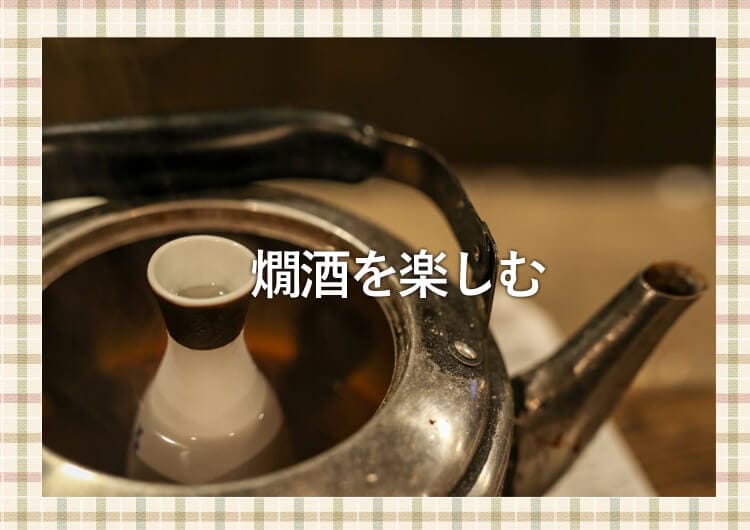
In general, you can imagine a delicious sake that is cold (at room temperature) and enjoys the original taste of the sake, and then sake that is not so delicious is heated.
As a matter of fact, sake is a hospitality liquor, the wisdom of the ancestors who took time and effort to make the visitors who came in the cold get warm from the core. First of all, let's throw away the stereotype and enjoy drinking various types of sake to enjoy hot sake. However, if you are uncomfortable with freshly opened sake, you may want to try cold sake first and then try the sake. You can enjoy a variety of aromas and flavors with the same sake, and at the same time, find your favorite temperature range.
For example, it is said that hot sake, which has a fresh feeling, has a mellow taste by heating it to remove the alcoholic feeling and corners. On the other hand, when the sake with the deteriorated smell of sake, which was exposed for a long time in a high-temperature place, and scented sake (Hineka) is warmed, the scent is overshadowed, and the taste felt heavy is complicated. to change.
Summary
Sake travels a long way to the farmers who make sake rice, the brewers who make the sake, and the liquor stores that sell the liquor and the eateries that offer it along with the food, and finally reach the drinkers.
Each time you drink, you can feel the skill and taste of the craftsman through your eyes, nose and tongue. It changes the expression depending on the temperature range and the sake brewer, and gives joy and surprise to the drinker. Enjoy a tasting trip to find your favorite sake from an endless variety.



